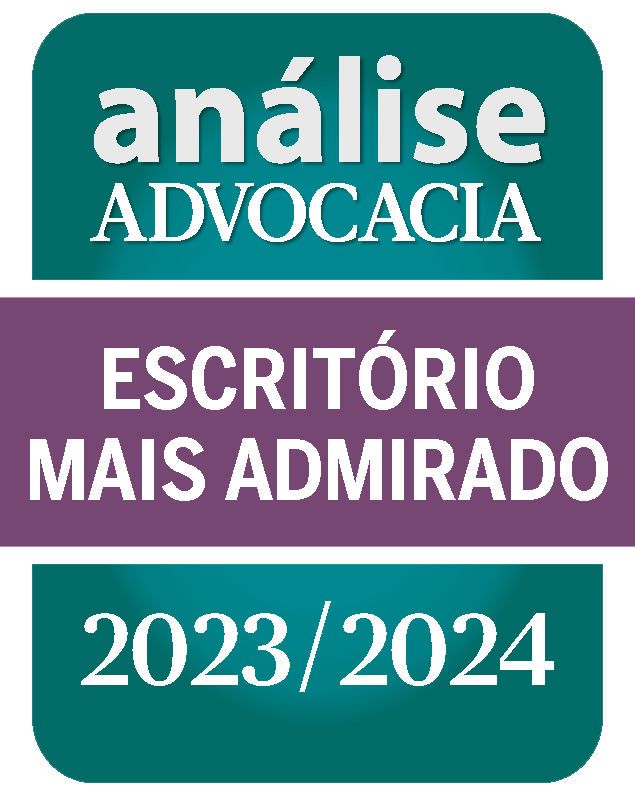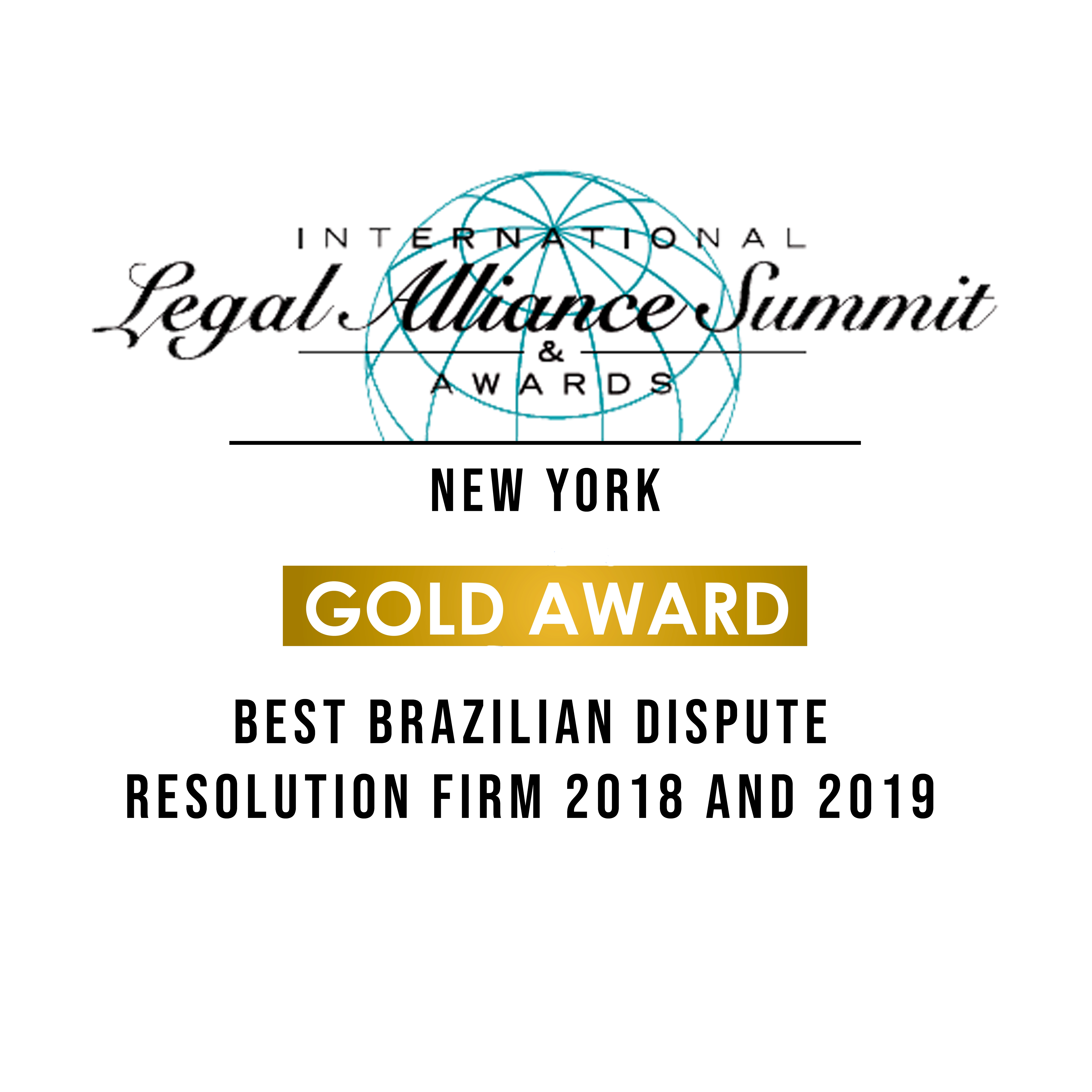12/10/2021
Our team consolidated in this eBook the most relevant changes of Legislative Decree nº 10.854/2021, informally named as “Marco Regulatório Trabalhista Infralegal” (Infralegal Labor Regulatory Framework), sanctioned last November 10th by President Jair Bolsonaro. In general the Decree regulated the provisions in connection with sublegal labor legislation and established the Permanent Program for Consolidation, Simplification and Debureaucratization of Sublegal Labor Rules.
The major merit of the Decree was to revise, modernize, simplify and consolidate approximately one thousand labor acts issued by the Ministry of Labor – amongst ordinances, normative rulings and decrees, in addition to revoking a few dozen rules already annulled, but yet in effect.
“Upon reviewing such one thousand acts, we eliminated everything that was obsolete, bureaucratic, unnecessary, requisites that were not prescribed in law. They were simplified, debureaucratized and, even better, modernized”, affirms the former executive secretariat of the Ministry of Labor and Social Security, Bruno Dalcomo.
Moreover, the Decree established the Permanent Program for Consolidation, Simplification and Debureaucratization of Sublegal Labor Rules, which will revise sublegal rules every two years, with a view to maintaining them in a simple and objective language, thus eliminating those that become obsolete.
It is important to note that it refers to a Decree (issued by the executive branch), which is a rule hierarchically lower in law (the one approved by the legislative branch such as the Consolidated Labor Laws – CLT, for instance) and, therefore, has no power to change the labor legislation. Accordingly, the changes dealt with in this Decree are limited to the sublegal ones, those lower in law.
The Decree divided the sublegal labor rules into seven pre-established “issues”: labor legislation, labor relations and public labor, health and safety at work policies, labor inspection, procedures for fines and appeals in labor administrative proceedings, conventions and recommendations of the International Labor Organization (ILO), regulated professions and administrative rules.
It is to be recognized that the intention of the new Decree is very good and brings to companies a certain amount of sparse sublegal rules regulating the Labor Law currently (not to mention the Precedents and Case Law of each Regional Labor Court and the own Superior Labor Court itself). All this added up guides and impacts upon decision-making in the corporate sphere, thus causing the corporate day-to-day life to be hard, complex and insecure, given the existence of contradictory rules amongst themselves.
For such reason, the appearance of a measure that compiles, debureaucratizes and harmonizes this myriad of rules with the economic, technological and globalized context in which we live is a truly positive advancement.
However, there are controversial aspects that will certainly demand interference of the Judiciary Branch.
As an example, we mention article 16, which stipulates that the inspection of rules on labor protection and health and safety at work is exclusively incumbent upon tax auditors of the Ministry of Labor and Social Security, thus excluding the engagement of other inspection bodies such as the Labor Public Attorney’s Office and civil police (in the events of an occupational accident, especially when resulting in the employee’s death). Accordingly, there lies the controversy: could the Federal Government, by means of a Decree, limit the engagement of other inspection bodies?
It does not seem possible to us and the final answers will have to be given by the Judiciary Branch.
Below you will find the ebook developed by our team, which brings some of the most relevant changes. Click here to access.


